Chapter Two
FILM RULES: THE GOVERNING PRINCIPLES OF THE COLONIAL FILM UNIT
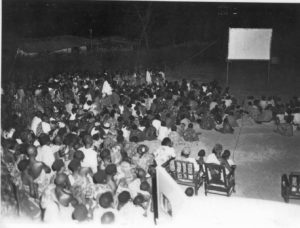
This chapter explores the ideologies and operating practices of the Colonial Film Unit throughout its fifteen-year history. This history is told largely through the writings of the Unit’s producer, William Sellers, whose influential theories on colonial spectatorship were based on, and reinforced, racial and cultural assumptions about African audiences. In proposing a “specialised technique” – which precluded the use of cross-cutting, short scenes and excessive movement within the frame – Sellers sought to define and create a distinctly “colonial” cinema. The chapter also explores Sellers’ innovative attempts to organize and standardize film exhibition across the Empire, imagining cinema in the colonies as a way of producing and managing modern colonial citizens. In considering the film show as a political event, the chapter highlights pockets of local resistance, and foregrounds the rise of a pivotal, often-unregulated local voice; the commentator or interpreter travelling with the film.
KEY MATERIALS AND FILMS
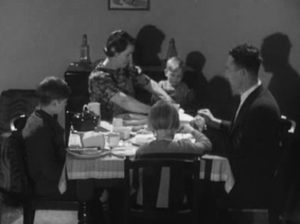 |
PP. 60-5 WATCH: Mr. English at Home (Gordon Hales, Colonial Film Unit, 1940) |
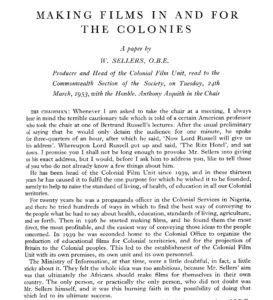 |
PP. 61-63 READ: William Sellers, Making films in and for the Colonies,” Royal Society of Arts Journal 16, October 1953, 829-837. |
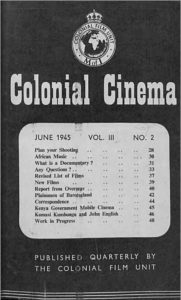 |
P. 62 READ: “Kumasi Kumbungu and John English,” Colonial Cinema, June 1945, 46-48. |
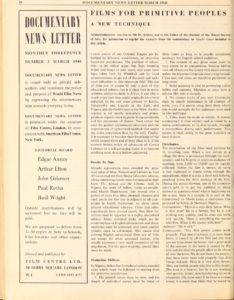 |
PP. 65-66 READ: “Films for Primitive Peoples: A New Technique,” Documentary Newsletter 1:3, March 1940, 10-11. |
 |
PP. 66-68 READ: William Sellers, “Films for Primitive Peoples,” Documentary Newsletter 2:9, September 1941, 173-174. |
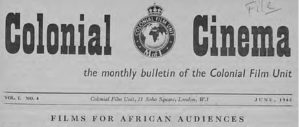 |
P. 67 READ: “Films for African Audiences,” Colonial Cinema, June 1943, 1-2. |
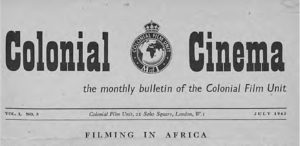 |
P.69 READ: “Filming in Africa,”Colonial Cinema, July 1943, 1 |
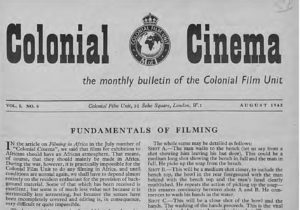 |
P. 69 READ: “Fundamentals of Filming,” Colonial Cinema, August 1943, 1. |
 |
P. 71 READ: “Editorial,” Colonial Cinema, May 1943, 1. |
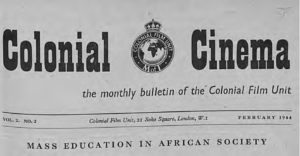 |
P.72 READ: “Mass education in African Society,” Colonial Cinema, February 1944, 1. |
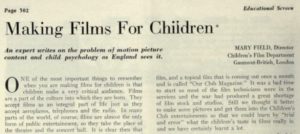 |
P. 74 READ: Mary Field, “Making Films for Children,” Educational Screen, November 1946, 502-4. |
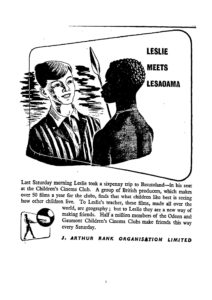 |
P. 75 WATCH: Basuto Boy (Aubrey Singer, Gaumont-British Instructional, 1947) |
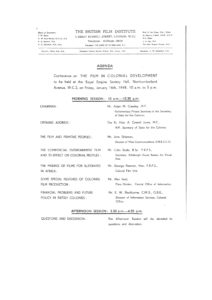 |
P. 78 READ: George Pearson, “The Making of Films for Illiterates in Africa,” in The Film in Colonial Development (London: BFI, 1948), 22-27. |
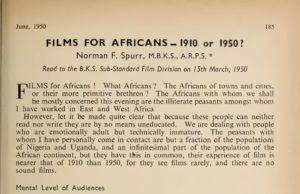 |
P.79 READ: Norman Spurr, “Films for Africans, 1910 or 1950,” The Journal of the British Kinematograph Society, 16:6, June 1950, 185-188. |
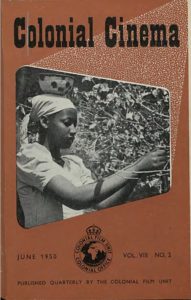 |
PP. 80-83 READ: G. B. Odunton, ““One Step Ahead”; George Pearson, “Re … One Step Ahead”; Norman F. Spurr, “Odunton’s Article”; Colonial Cinema, June 1950, 29-34. |
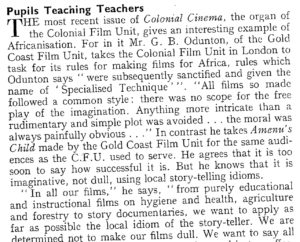 |
P.81 READ: “Pupils Teaching Teachers,” West Africa, 26 August 1950, 770. |
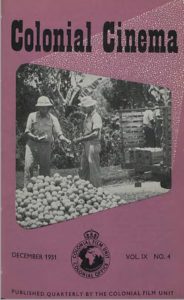 |
P.P. 84-85 READ: “Mobile Cinema Shows in Africa,” Colonial Cinema, December 1951, 77-82. |
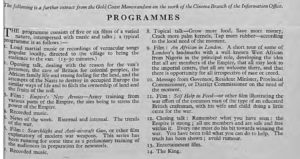 |
P. 84 READ: “Programmes,” Colonial Cinema, January 1944, 3. |
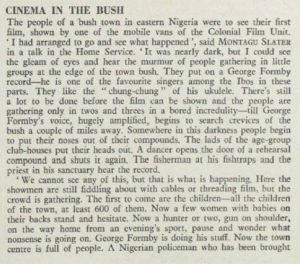 |
P. 89 READ: “Cinema in the Bush,”The Listener, 23 September 1948, 441-442 |
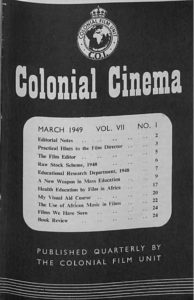 |
P. 93 READ: Norman Spurr, “The Mobile Cinema Van is a New Weapon is Mass Education,” Colonial Cinema, March 1949, 9-16. |
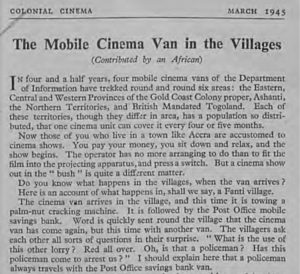 |
P. 94 READ: The Mobile Cinema Van in the Villages,Colonial Cinema, March 1945, 11-14. |
 |
P. 95 WATCH: Hello West Indies (John Page, Paul Rotha Productions, 1943) |
|
|
PP. 98-103 READ: P. Morton-Williams, “List of Screenings and Introduction,” Cinema in Rural Nigeria: A Field Study of the Impact of Fundamental-Education Films on Rural Audiences in Nigeria (Lagos: Federal Information Services, 1952). |
